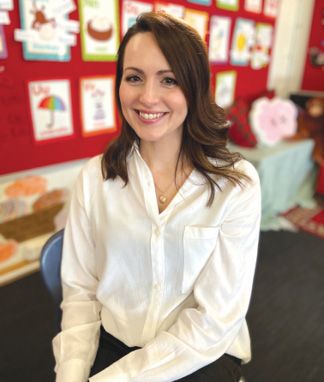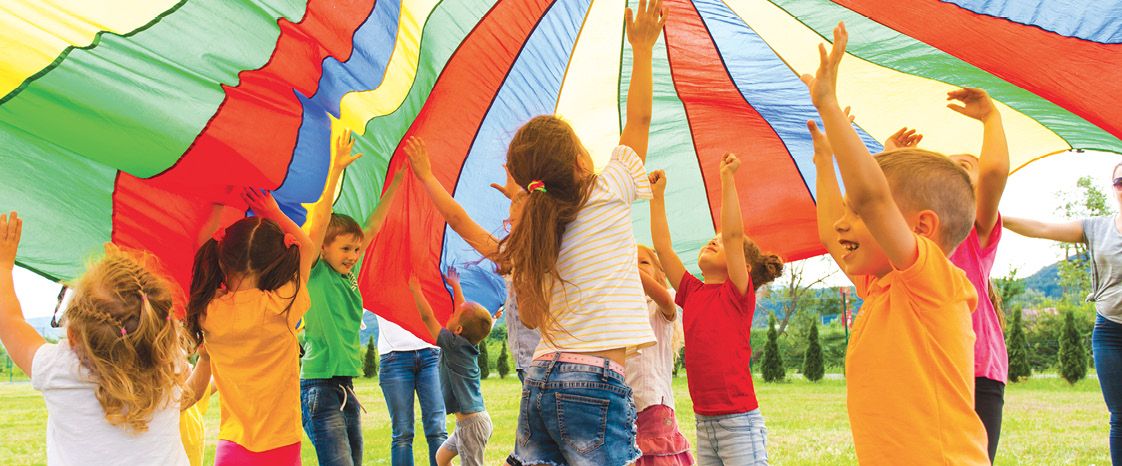
Dr Stephanie Damiano
Unfortunately, we are seeing a rise in children and adolescents suffering from body dissatisfaction.
As many as 50 percent of pre-adolescent girls, and an increasing number of pre-adolescent boys, are reporting a “desire for a more lean and muscular body”, according to the Butterfly Foundation, an organisation that provides support for people with eating disorders and body image issues.
Body dissatisfaction is therefore a significant issue as it is an important risk factor for negative physical, mental and social outcomes, including unhealthy dieting and muscle building behaviours, depression, anxiety and eating disorders.
Worryingly, greater body concerns from ages five and seven have been shown to predict dieting by nine.
The good news is that teachers, especially in early childhood education, can help foster positive foundations for body satisfaction and healthy behaviours, including supporting children to develop skills to feel confident in their bodies, building resilience and fostering positive peer relationships.
Weight stereotypes start early
Dr Stephanie Damiano is the manager of Butterfly Body Bright, a new program for primary school students tackling body image from an evidence and strengths-based approach.
She is also an honorary research fellow at La Trobe University, doing work in understanding the development of body image in young children and the associated factors that contribute to children’s body image.
Dr Damiano said early childhood education settings are equally as important in setting up good perceptions of body image as primary or high school settings.
“What we understand in young children, is that the foundations for body image are set quite early in life and so we’re starting to see that, in the early childhood education years, children get a sense of their body image and start to see their body a bit differently than they did prior to the ages of three or four,” she said.
While there isn’t consistent research finding a high degree of body dissatisfaction within that age group, Dr Damiano said what is consistent across the global research in early childhood is the development of weight stereotypes.
“A decent proportion of three-to-four-year-olds have strong attitudes around body sizes and what we tend to see is that they attribute positive qualities to people with thinner bodies and negative qualities to people with larger bodies,” she said.
“When we interview young children around this it shows a clear indication of how they then might treat peers as a result of these weight stereotypes as well.
“For example, quite a significant proportion say they wouldn’t invite a larger child to their birthday party or they would perceive an average-sized or thinner-sized child as being good and friendly and somebody they would want to be friends with,” she said.
Peers have an essential role in shaping how children feel about their own body and the bodies of others, and weight stereotypes can significantly impact relationships moving into primary school.
Dr Damiano said that the more confident, happy and satisfied a child is in their body, the more likely they are to engage in life and participate in activities inside and outside the classroom, as well as look after their body.
“Whereas when they’re feeling dissatisfied with their body, they’re more likely to engage in unhelpful behaviours, such as less physical activity and restrictive eating, and have poorer self-esteem,” she said.
“The flow-on effect is quite significant and then obviously body dissatisfaction is one of the leading risk factors for an eating disorder.”
Building confidence in strengths
There are some positive ways school communities can approach these topics to help young children feel good in their body and look after it in a way that will serve them well. Dr Damiano said an effective and strengths-based approach that teachers can implement is praising students based on their personal qualities and strengths.
“Praise them for the way they solve a problem, praise them for the way they’re thinking about something or how clever they are or how much they enjoy doing something or how they enjoy moving their body, rather than praising them for their appearance.”
She said this can be difficult because, as a society, we are trained to praise people on the way they look; however, we don’t want children to learn that this is the most important part of their identity.
Another positive thing teachers and assistants can do is be mindful about the language they use regarding food and bodies.
“Try not to label foods as good or bad, or healthy or unhealthy, or refer to foods as junk food or treats.
“Instead, label food for what it is; so, fruits or vegetables or lollies or chips – just really try to stick to what a food actually is rather than putting an umbrella term on it.
“One of the things we include in Butterfly Body Bright in our healthy eating component of the program, which also is very relevant for the preschool years, is really about promoting a natural curiosity about food in kids.



































































































































